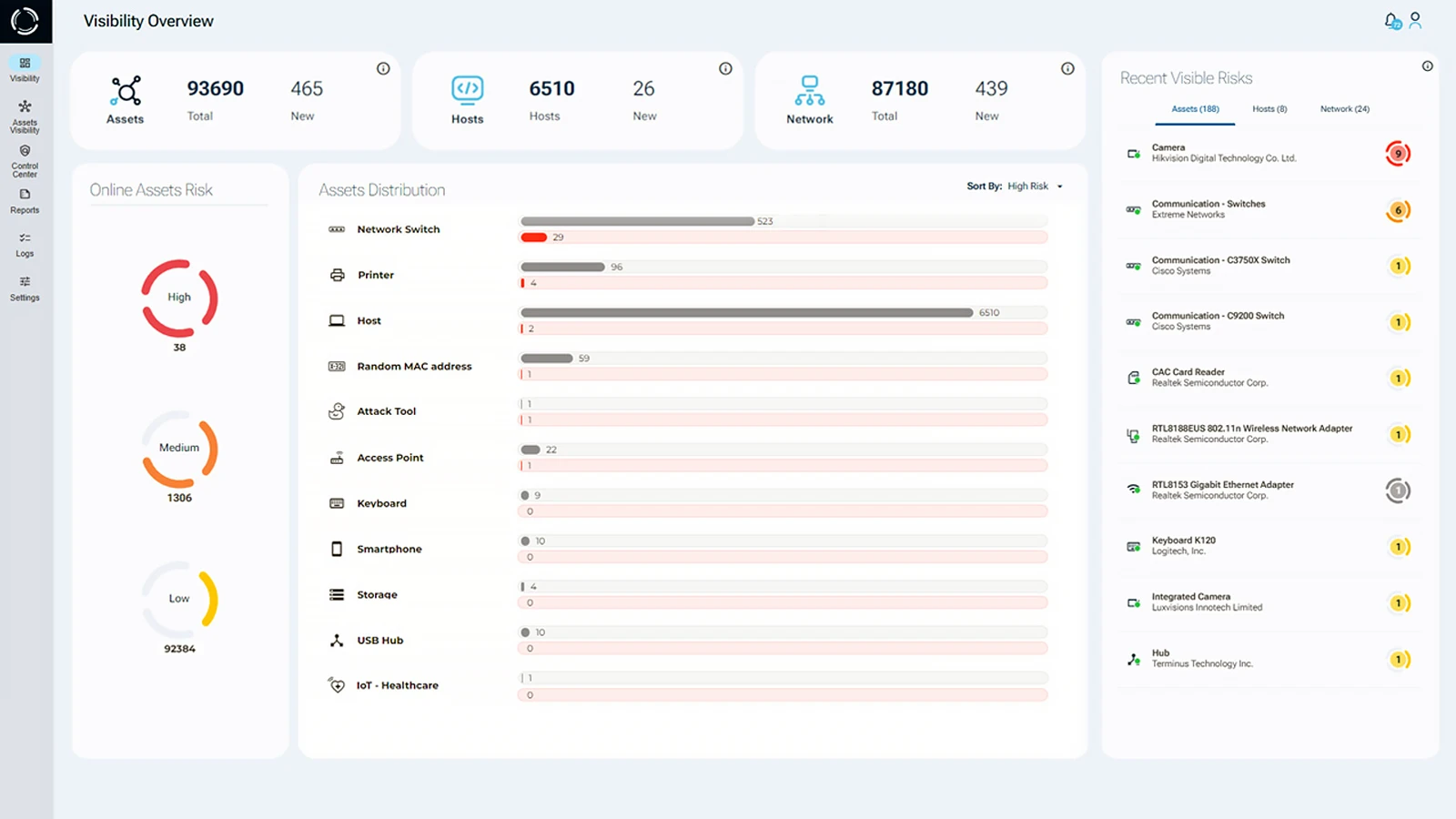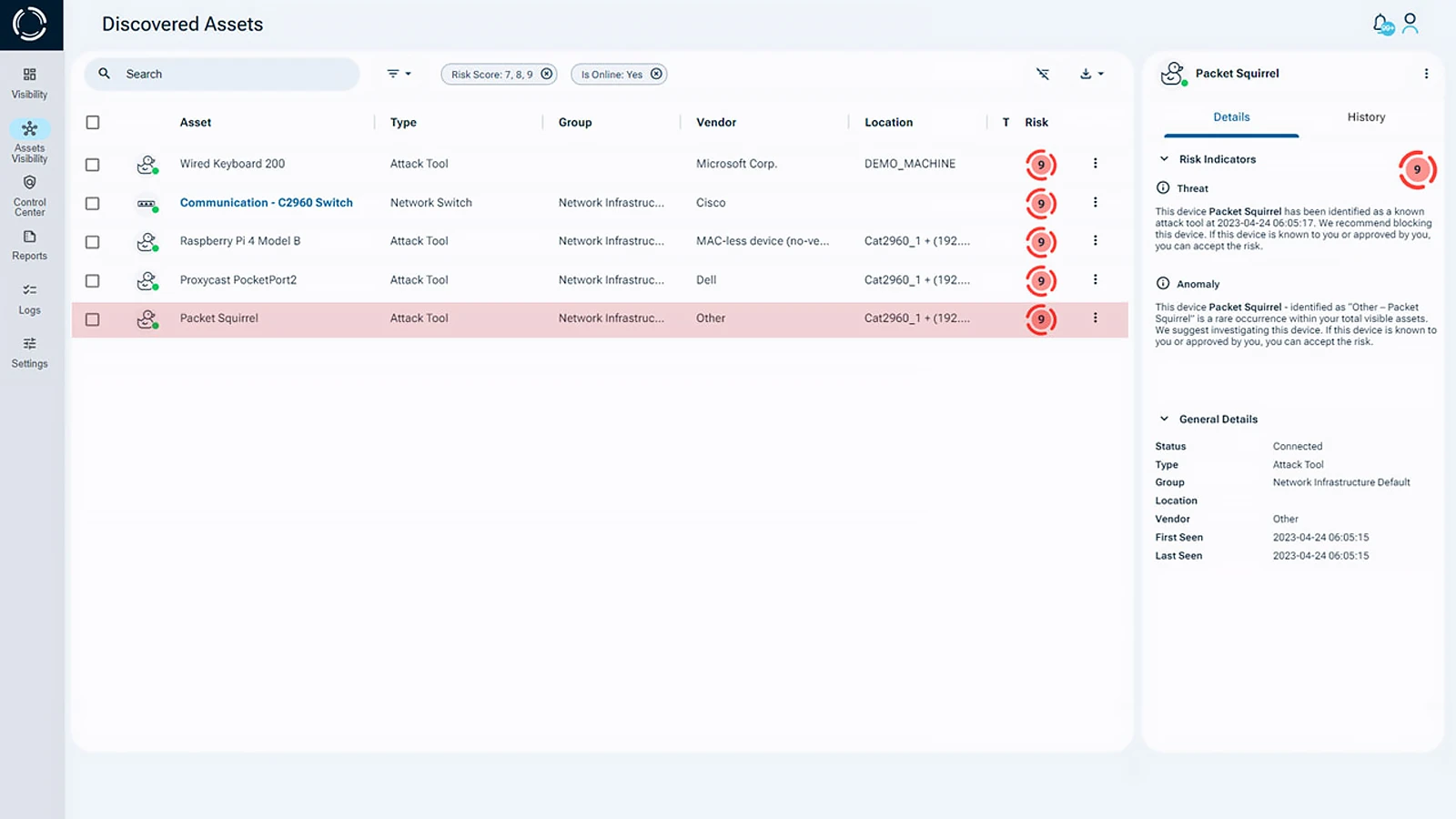What Are Managed Security Service Providers?
Managed Security Service Providers (MSSPs) are outsourced cybersecurity operations provided by third-party experts. These experts continuously monitor, manage, and improve an organization’s security posture. MSSPs typically include threat detection, incident response, compliance management, and risk mitigation, helping businesses defend against today’s complex cyber threat landscape.
As cyberattacks grow in sophistication and frequency, many in-house security teams struggle with limited resources and mounting regulatory demands. Managed Security Service Providers address this challenge by offering tailored security solutions that align with an organization’s unique environment and compliance needs.
Benefits of Managed Security Services (MSSPs)
Organizations using managed security service providers enjoy several key advantages:
- Faster Incident Response: According to Gartner, companies that integrate Managed Security Services into their security frameworks experience up to 50% quicker resolution times during cyber incidents.
- Enhanced Compliance: Managed Security Services help maintain regulatory readiness, reducing risk of penalties.
- Increased Operational Efficiency: Outsourcing security allows businesses to focus on core operations while maintaining robust cyber defense.
Managed security service providers offer end-to-end protection against a wide range of cyber threats, including Advanced Persistent Threats (APTs), malware, data breaches, DDoS attacks, and more. With expert-led monitoring and real-time defense, these services secure sensitive data and critical systems across various industries.
Core Managed Security Service Provider Offerings
This section outlines key cybersecurity challenges and how Managed Security Service Providers deliver innovative, real-time solutions to address them effectively:
- Advanced Persistent Threat (APT) Protection: APT attacks exploit system vulnerabilities, to gain not allowed access. MSSPs detect and mitigate APTs to secure critical systems and sensitive data.
- Data Breach Prevention: MSSPs minimize data leakage and secure sensitive information with continuous monitoring, encryption, and proactive risk management.
- Malware Defense: Malware, including viruses, worms, and trojans, can compromise systems and result in data breaches. MSSPs offer continuous malware protection, including real time detection, automated responses, and network defense strategies to prevent malware intrusion and spread.
- Distributed Denial of Service (DDoS) Mitigation: DDoS attacks flood systems with traffic from hacked devices. MSSPs mitigate these threats through monitoring and rapid response.
- Man-in-the-Middle (MiTM) Attack Protection: MiTM attacks intercept communications to steal sensitive information, such as login credentials. MSSPs protect organizations from these attacks by using encryption, login protocols, and firewall solutions, ensuring secure and private data transmission.
- Working from Home (WFH) Security: Remote work introduces additional cybersecurity risks, especially when employees use personal devices. These devices can create entry points for attackers. Managed Security Services offer solutions that protect remote environments and prevent unauthorized devices from accessing the network.
Growing Threat of Hardware-Based Attacks
Hardware-based attacks pose a serious network security risk, yet many organizations lack sufficient awareness and effective prevention strategies. Rogue devices can infiltrate systems through various vectors, including the supply chain, insider threats and the use of Bring Your Own Device (BYOD) or Internet of Things (IoT) technologies.
Managed Security Service Providers play a vital role in mitigating these risks by implementing advanced hardware security measures that safeguard all potential points of entry, reinforcing the organization’s overall security posture.
Enhancing Managed Security Services with Sepio
Sepio’s platform empowers Managed Security Service Providers with unmatched visibility into all hardware assets, enabling the detection and mitigation of rogue devices that evade traditional security tools. These devices, often used for data exfiltration or unauthorized remote access, pose serious threats to cybersecurity.
By integrating seamlessly into both Site-to-Site and Multi-tenant environments, Sepio provides rapid deployment and immediate value. MSSPs gain the ability to strengthen hardware-level threat detection, enforce asset control, and elevate their clients’ overall cybersecurity posture.

Unmatched Hardware Visibility
Sepio leverages physical layer visibility to uncover threats at the most foundational level, whether at endpoints, network infrastructure, or wireless access points. It detects stealthy, hardware-based attack tools such as spoofed Human Interface Devices (HIDs) and invisible network implants that lack IP or MAC addresses and can establish covert communication channels, even in air-gapped environments.
This capability allows Managed Security Service Providers to protect clients from sophisticated threats that traditional solutions simply miss.
Proactive Hardware Threat Defense
Security teams within managed services often lack the tools to effectively monitor and control hardware assets, creating vulnerabilities that cybercriminals exploit. Rogue devices, such as USB HID emulators or stealth implants, can bypass conventional defenses, leading to incidents like ransomware and data leakage.
Sepio closes this gap with real-time visibility and policy enforcement, enabling MSSPs to detect, stop, and prevent hardware-based attacks, enhancing both security and operational resilience.
Sepio’s Discovered Assets
Sepio’s platform addresses the critical gap in device visibility. As a leader in Rogue Device Mitigation, Sepio’s solution identifies, detects, and manages all peripherals, ensuring no device goes unmanaged.
Utilizing physical layer fingerprinting and Machine Learning, Sepio creates digital fingerprints based on the unique electrical characteristics of devices. This provides complete device visibility and uncovers vulnerabilities in the infrastructure. A policy enforcement mechanism offers recommendations for best practices and enables administrators to establish strict or specific rules. When a device violates the policy, Sepio automatically initiates a mitigation process to block unauthorized or rogue hardware.

Why Managed Security Service Providers Choose Sepio?
For Managed Security Service Providers, Sepio strengthens hardware threat defenses by providing:
- Seamless integration with existing managed security service provider operations
- Full visibility of all connected devices, including shadow and hidden assets
- Risk prioritization and targeted mitigation strategies
Schedule a Demo
Schedule a demo. Our experts will show you how to use Sepio’s patented technology to gain control over your asset risks.
Download Managed Security Service Provider white paper (pdf)





